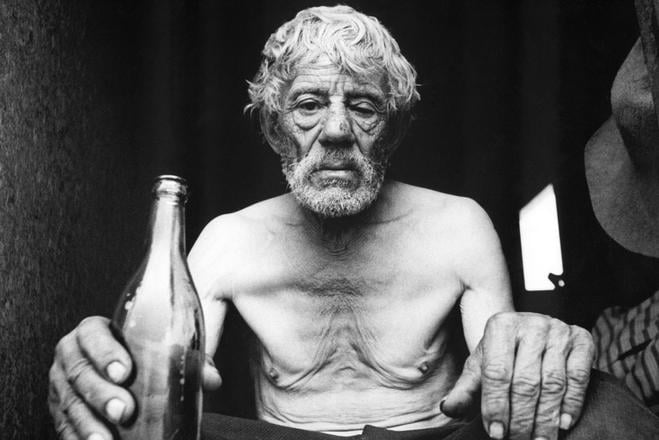The communist regime did not discourage Dušan Hanák from portraying reality, though he paid the price.
In the 1969 movie “322”, the Slovak director’s feature debut, he captures real life under communism through the story of a common man who regrets his past and tries to rediscover the actual meaning of life. Abundant in symbols, including the film’s title comparing communism to cancer, the regime banned the psychological drama in the late sixties. This year, it was named the best Slovak picture of the century.
Three years later, in 1972, Hanák created “Pictures of the Old World”, a documentary that he wrote and directed. The stories of old, lonely and poor people, who were not actors at all and lived in the countryside of northern Slovakia under communism, were recounted through Slovak photographer Martin Martinček’s black-and-white pictures, film shots and interviews.
“These are the stories of people who have been themselves,” the film claims right at the start about the people living on the edge of society.
One photo captures an old woman rolling over a fence. A film sequence portrays a man who built a house and keeps on living, though he had lost both of his legs. There is a man living in the mountains who knows a lot about the universe and the widower who speaks several foreign languages. Another man drinks from a bottle of alcohol, the reason his wife left him.
The film’s budget was almost 1.6 million Czechoslovak crowns.


